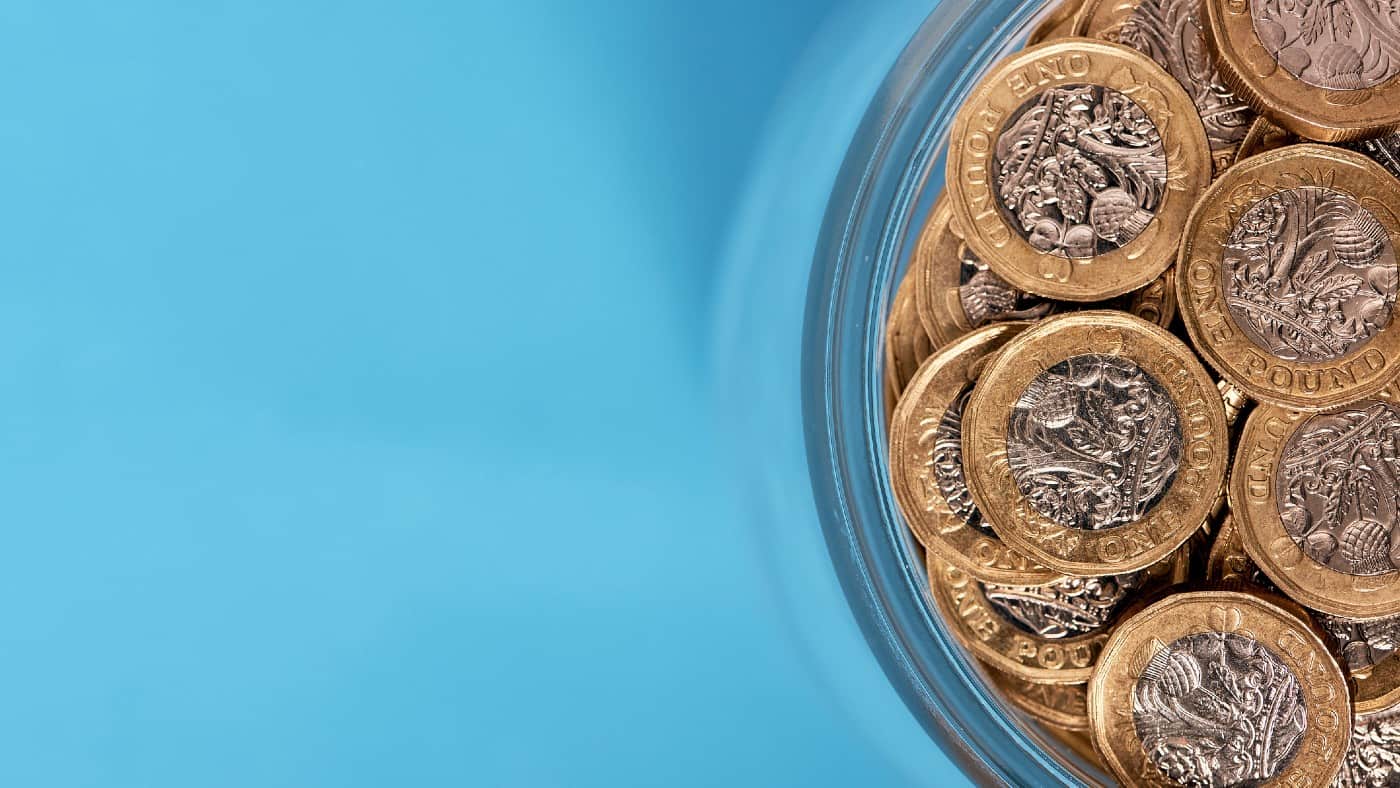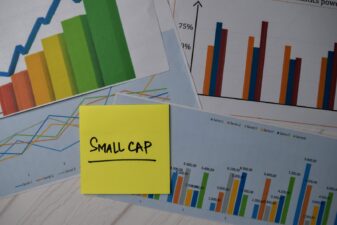Despite the FTSE 100 reaching a new record high this month, many of its constituent dividend shares are still trading at discounted prices. This may be an indicator of more substantial capital gains from the eventual stock market recovery. But more excitingly, investors have a rare opportunity to capitalise on higher yields, leading to more significant passive income generation.
As such, buying dividend shares in 2023 could be a lucrative move in the long run.
Quality still matters
As tempting as investing in the highest-yielding income stocks may seem, this can often be a recipe for disaster. While depressed share prices push up yields, a higher payout is worthless if it can’t be sustained.
Companies with weakened balance sheets and unstable cash flows will most likely struggle in the current economic climate. The situation may only worsen if and when a recession kicks in. And management teams might be forced to cut spending, including dividends, sending the future yield in the wrong direction.
However, with emotions running high, plenty of high-quality dividend shares are simply getting caught in the panic-selling crossfire. And investors who can successfully identify them might be set to unlock a second, sizeable income stream. What’s more, if these firms can continue to expand despite the tough operating environment, it not only provides a wider margin of safety but also opens the door to a growing passive income.
Finding sustainable dividend shares
One of the most popular methods of evaluating the quality of shareholder dividends is the payout ratio. By comparing the level of dividends paid to a firm’s net income, it’s possible to see what proportion of earnings are being distributed to investors.
Too much means there’s little left over for internal investments, potentially creating opportunities for competitors to out-innovate. Too little, and the yield might be less than impressive.
However, using net income when calculating this ratio can be misleading. That’s because net income doesn’t always reflect the underlying profitability picture. And earnings can be manipulated through accounting actions, such as changing the timing of asset depreciation. So, investors can be led into thinking some dividend shares are of higher quality than reality.
Fortunately, there’s a solution. Instead of using net income, investors can use something called free-cash-flow-to-equity (FCFE).
FCFE can be calculated by taking operational cash flows, subtracting any fixed asset investment, and adding back a company’s net borrowings. All these metrics can be found on the cash flow statement. And by using this value to calculate the payout ratio, investors can see just how much money is actually available to finance dividends without any earnings manipulation.
The bottom line
Calculating the payout ratio is obviously not the end of the line of enquiry for investors. However, it can quickly eliminate subpar dividend shares from consideration. Pairing high-quality dividends with cheap valuations and the potential for long-term growth is a proven strategy for propelling an investment portfolio to new heights, especially during a stock market recovery.








